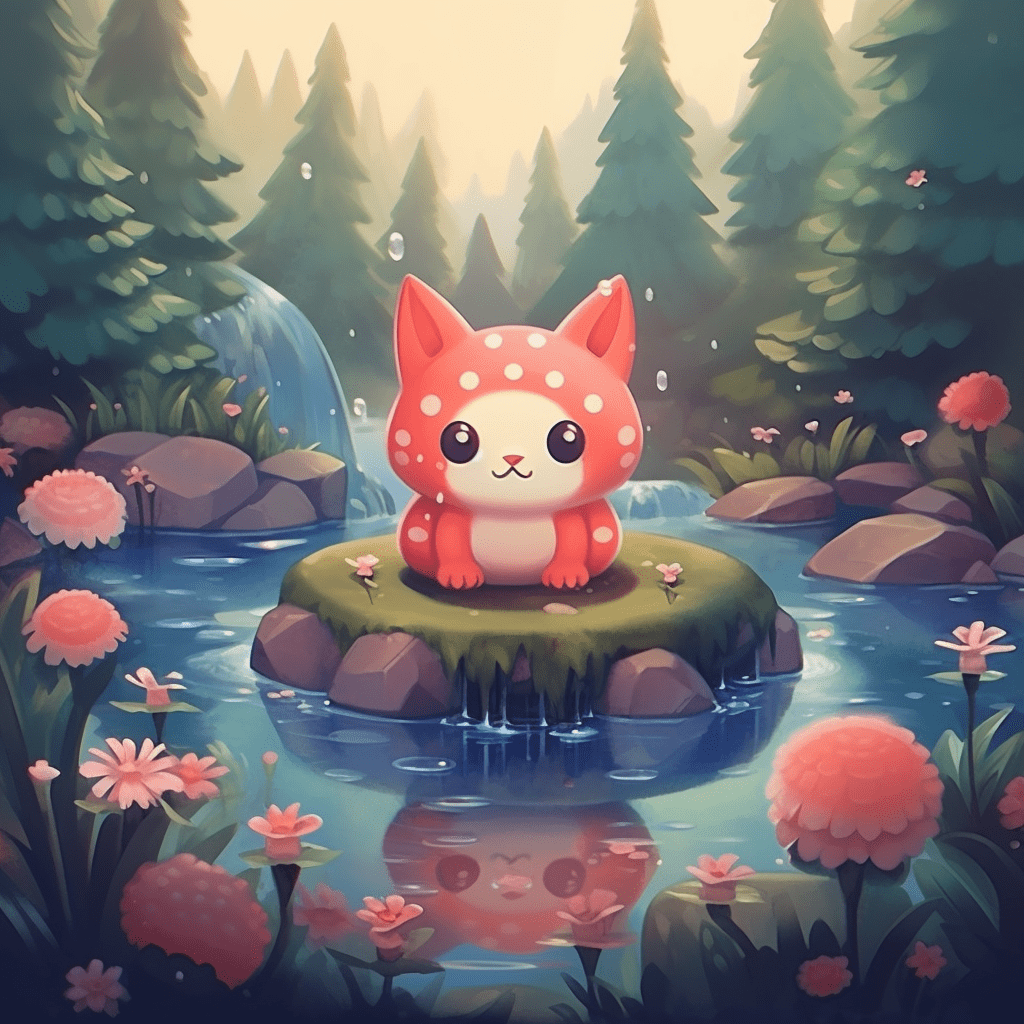With the rapid rise in popularity of NFTs (non-fungible tokens) in the digital world, there has been some confusion surrounding the term “NFT.” Some people wonder if NFT stands for “not for trade,” as they’ve seen it used in various contexts. In this article, we’ll clarify the meaning of NFT, discuss its role in the world of digital assets, and explore the trading aspect of NFTs.

The Real Meaning of NFT: Non-Fungible Tokens
NFTs, or non-fungible tokens, are unique digital assets that cannot be exchanged one-for-one with other digital assets. Unlike cryptocurrencies such as Bitcoin or Ethereum, which are fungible (interchangeable), NFTs have distinct properties that make each one unique and impossible to replicate. They can represent anything from digital art and music to virtual real estate and collectibles.
NFTs are built on blockchain technology, which provides a decentralized and transparent ledger that verifies the ownership and authenticity of each token. This technology is the driving force behind the growing popularity of NFTs, as it ensures that each NFT is unique and cannot be duplicated, thus preserving its value.
NFTs and Trading: A Dynamic Relationship
Contrary to the misconception that NFT stands for “not for trade,” NFTs are, in fact, designed for trading. The uniqueness and rarity of these digital assets make them highly desirable among collectors, investors, and enthusiasts. As a result, a thriving market for buying, selling, and trading NFTs has emerged.
There are several online platforms and marketplaces that facilitate the trading of NFTs, such as OpenSea, Rarible, and Nifty Gateway. These platforms enable users to browse and purchase NFTs using cryptocurrencies like Ethereum, trade their existing NFTs with others, and even create their own NFTs.
Factors That Influence NFT Trading
The trading value of an NFT is influenced by a variety of factors, including:
- Rarity: The scarcity of an NFT, such as limited edition releases or one-of-a-kind items, can drive up its value in the market.
- Demand: The popularity of the digital asset or its creator can impact the trading value of an NFT. High-profile artists, celebrities, or brands tend to generate more interest and demand for their NFTs.
- Utility: NFTs with added functionality or use cases, such as in-game items or virtual real estate, can be more appealing to buyers and traders.
- Provenance: The ownership history of an NFT, including any previous notable owners, can add value and increase its desirability.
Trading NFTs Responsibly

While NFT trading can be an exciting and potentially profitable venture, it’s essential to approach it responsibly. Here are some tips for navigating the world of NFT trading:
- Do your research: Learn about the NFT market, its trends, and the artists or creators behind the tokens. Understanding the underlying value and potential of an NFT can help you make informed decisions when buying, selling, or trading.
- Diversify your portfolio: As with any investment, it’s crucial not to put all your eggs in one basket. Diversifying your NFT portfolio by investing in various types of digital assets can help mitigate risks and maximize potential returns.
- Be cautious with high-value NFTs: High-profile NFT sales often make headlines, but it’s essential to recognize that these sales are not the norm. Proceed with caution when considering high-value NFTs, as their prices can be volatile and may not always yield returns.
- Stay informed: Keep up to date with developments in the NFT space, as well as related fields like cryptocurrency and blockchain technology. Staying informed can help you make better decisions and identify new opportunities in the market.
NFTs in the Real World: Use Cases Beyond Trading
While trading is a significant aspect of the NFT market, it’s essential to recognize the broader applications and use cases for NFTs. Some examples include:
- Digital art ownership: NFTs can provide artists with a new way to monetize their work and enable buyers to prove their ownership of unique digital art pieces.
- Gaming and virtual goods: In-game items, such as weapons, skins, or virtual currency, can be represented as NFTs, allowing players to own and trade these assets across various gaming platforms.
- Decentralized finance (DeFi): NFTs can play a role in the emerging DeFi ecosystem, with applications like NFT-backed loans or fractional ownership of high-value assets.
- Intellectual property rights: NFTs can be used to represent the ownership and licensing rights for digital content, such as music, films, or software.
In Conclusion

The term “NFT” does not stand for “not for trade”; instead, it refers to non-fungible tokens, unique digital assets built on blockchain technology. NFTs have a strong trading aspect, but their potential extends beyond trading, touching various industries and use cases. By understanding the true meaning and value of NFTs, you can better navigate the digital asset landscape and make the most of the opportunities it offers.
